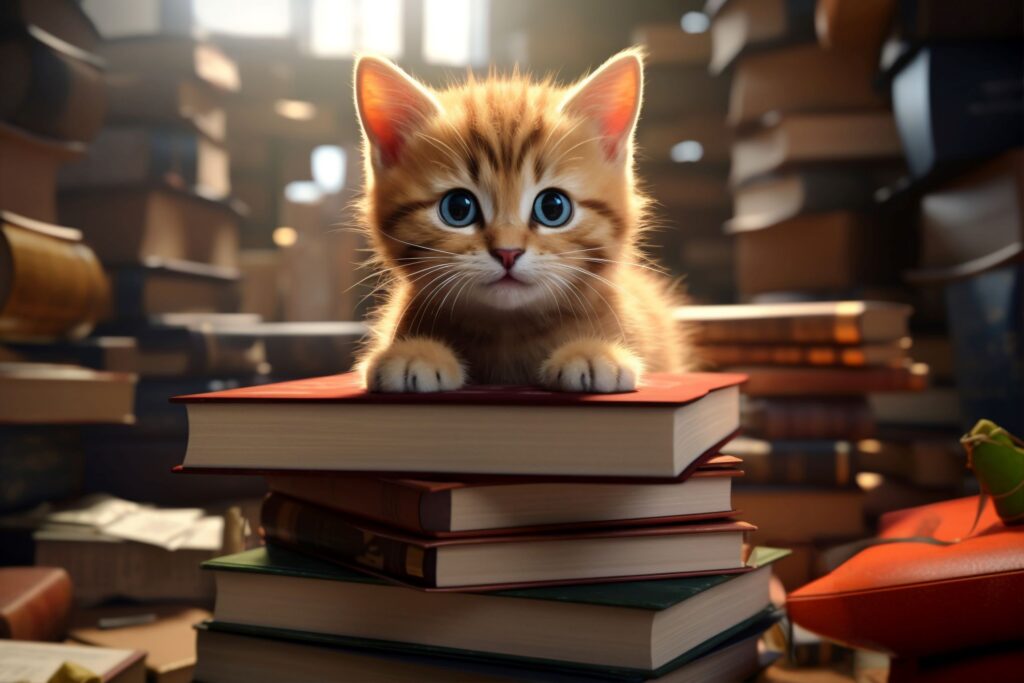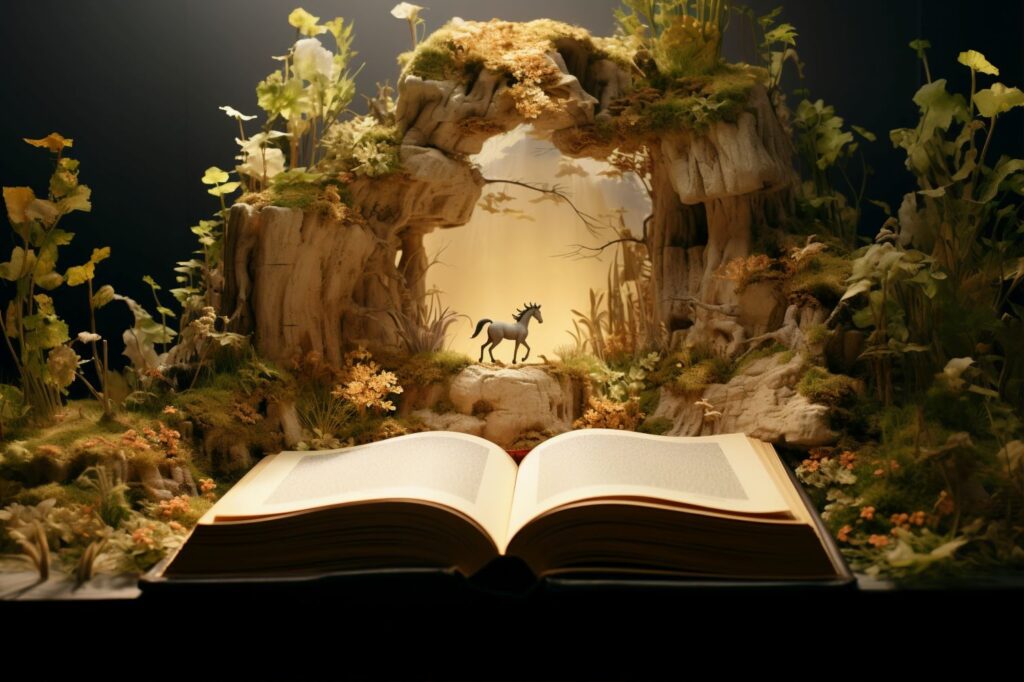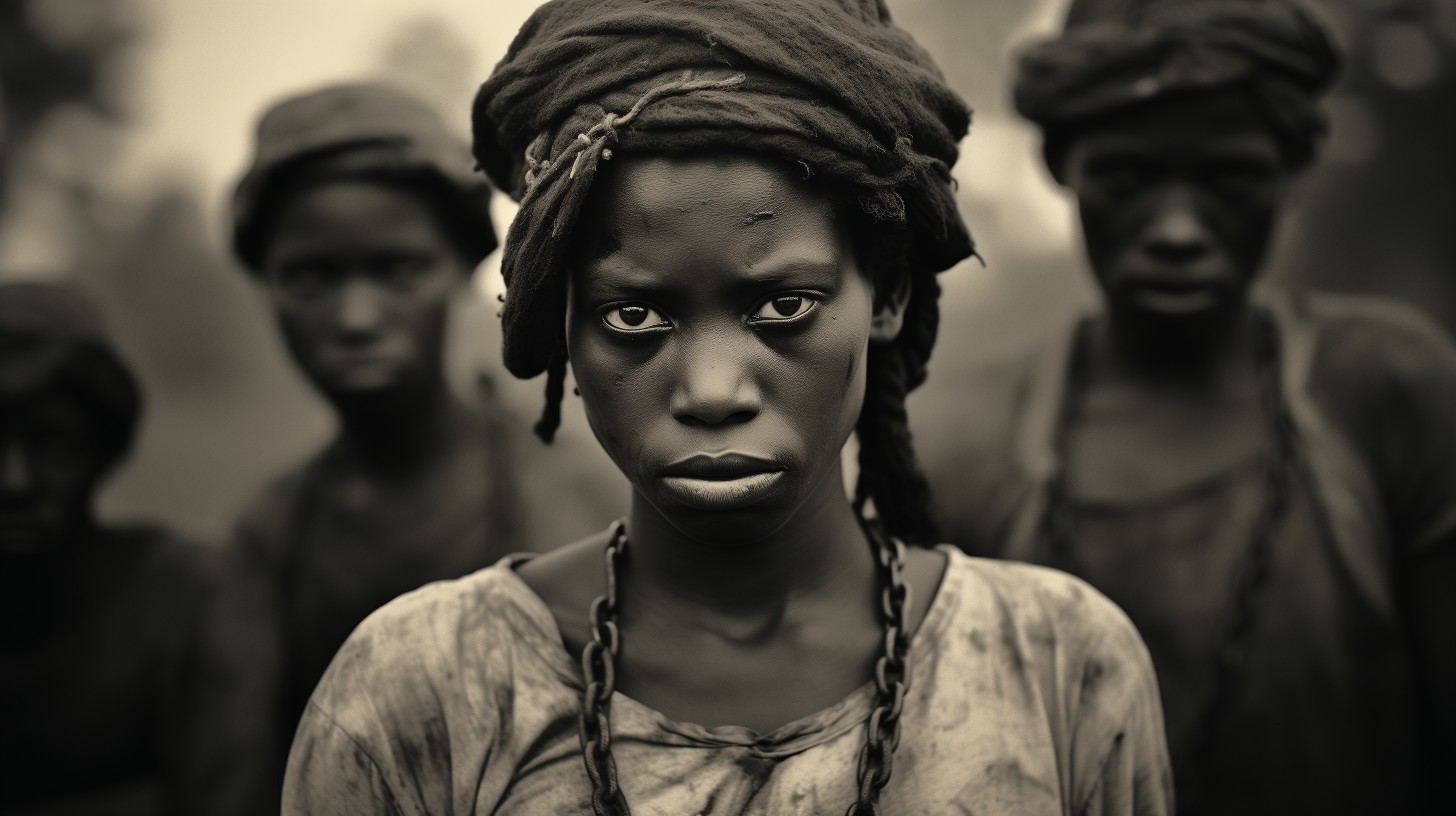TheLitPerspective is your one-stop shop for everything that ignites the spark of curiosity within you.
Top Tricks Writers Should Know to Perfect Animal Fiction

Who doesn’t love good animal fiction?
In fact, who doesn’t love entertainment that has animals in it? People are easily attached to animals in shows, becoming most discomforted when these characters are in pain. As a pastime, some may also veer towards consuming wildlife documentaries above other categories, finding these more relaxing and interesting.
Without a doubt, animals play a significant role in entertainment and the audiences’ interest. However, they have the most pivotal role in children’s literature and development through animal fiction.
What Is the Definition of Animal Fiction?
Most children’s books are animal fiction. They follow stories with whimsical and adorable animals prancing and dancing through their pages, capturing the hearts of the young animals.
Whether it’s renowned writers like Eric Carle or budding ones like Yvonne Bronstorph, most children’s literature authors have an affinity for animal fiction. They love writing about animals or personifying them for children to enjoy. This is what’s at the heart of every animal fiction story. It’s utilizing children’s or even people’s interest in animals, enticing them from start to finish. These stories all involve animals in their characters and plot, presenting the world through non-human eyes.
Animal fiction may be primarily marketed to children, but the lessons incorporated in them transcend to anyone exposed to their storylines. The genre invites its readers to places that other stories can’t. It presents adventures like no other, prompting children’s values and sparking their imagination.
So, when it comes to writing children’s books, making them animal fiction is typically the best option. But how do authors succeed in creating one?

How to Perfect the Genre?
Some readers may think authors are only writing animal fiction to avoid creating complex and intricate character arcs. It seems a lot more uncomplicated when they’re using already conventionalized personas. Writers don’t have to worry about their characters’ personalities, background stories, and all that mumbo-jumbo to bring the story to life.
This is where they’re wrong. Animal fiction may be about choosing the right animal and creating a fun story for them. But there’s also a lot more to consider in order to craft one perfectly.
Characters First, Animals Second
In animal fiction, every character is an animal. Imagine if they act, sound, and think typically like these animals do. Would the story be exciting and fun, or would it be unimaginative? Undoubtedly, it would be the latter. No author wants to be one. So, to save authors from loads of criticisms, they would have to think of these as characters and not animals.
Authors can make them act and think like humans in animal suits, if this is what makes them more relatable. In animal fiction, animals must feel both human and animal. This way, readers will be more attached to them.
Humans But In a Different World
While it’s preferable that animals are humanized in these stories, this shouldn’t compromise their animal qualities. Readers read from a human perspective, but this differs from what animals see. This is where the line should be drawn, the balance between animal and human characteristics.
Animal fiction portrays animals as humans, but they’re still critters in their habitats. Hence, to evoke a more realistic story and capture their nature, authors should ensure they’re still writing from the animal’s perspective. How do bats see? How do wolves hear? These may be minute details, but they significantly impact how readers will consume these stories.

Human Systems In the Animal World
Animal fiction will have animals with human characteristics living life through animal perspectives and habitats. How about incorporating human beliefs and systems into their world to make things more fun?
Authors have the freedom to create and add more value to their stories. They can do so by twisting and adjusting elements depending on what they deem beneficial and creative. One way to do this is by building in a certain human structure to the animal world. Create a culture that’s specifically for a certain species. Make them have their belief systems. Give them myths or gods they religiously believe in. Incorporating these structures elevates not only how characters behave but also how these stories progress.
There is a reason why authors pay extra attention to details in these stories. They can make or break the entirety of the story. Hence, it’s imperative that authors not only choose which animal they’ll be utilizing but also build them up in a similar way as they would human characters.
Why Write Animal Stories?
The idea that authors only write animal fiction to avoid the complexity of the other genres is false. Instead, they do so to make a profound lesson more understandable for children by presenting the storyline through lovable characters.
Children love animals. They’re drawn to them, entertained by their antics, and curious about their nature. They’re more attentive when stories have animals in them and more interested in plots when these characters are involved. Hence, animals are well-loved and favored personas in children’s books.
If you’re interested in reading fun and imaginative animal fiction, Yvonne Bronstorph’s Dogs With Attitude is the book to check out!

Witty and whimsy. As a writer, Mia finds a pleasant balance between clever and creative. With years of experience under her name, she aims to add meaning to your life through the articles she writes.







